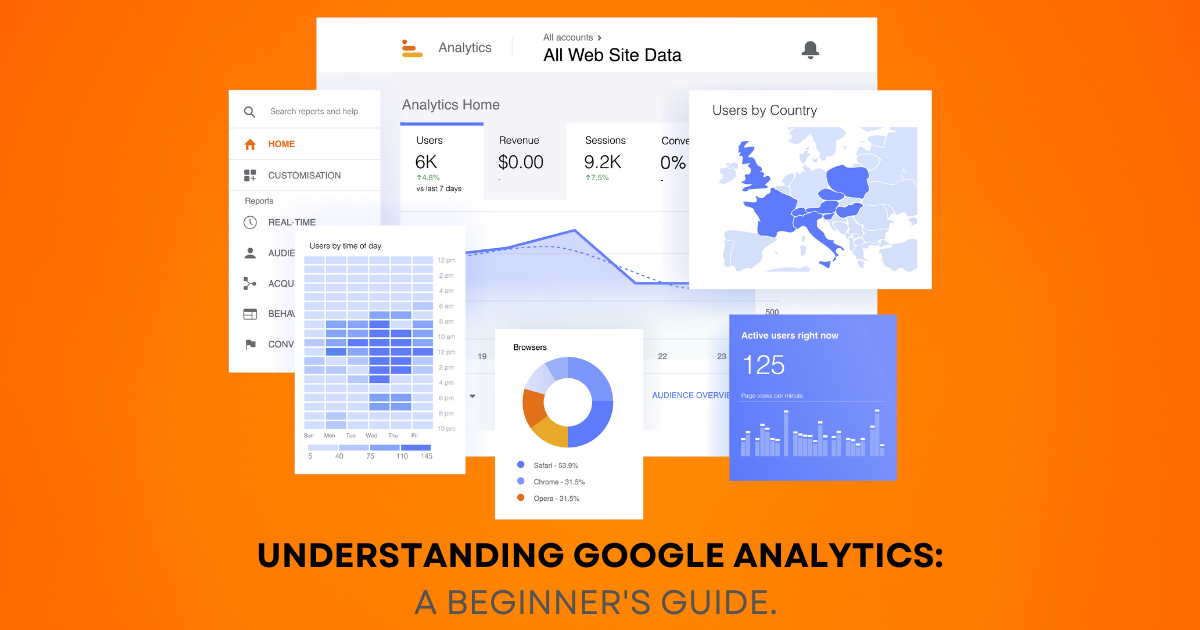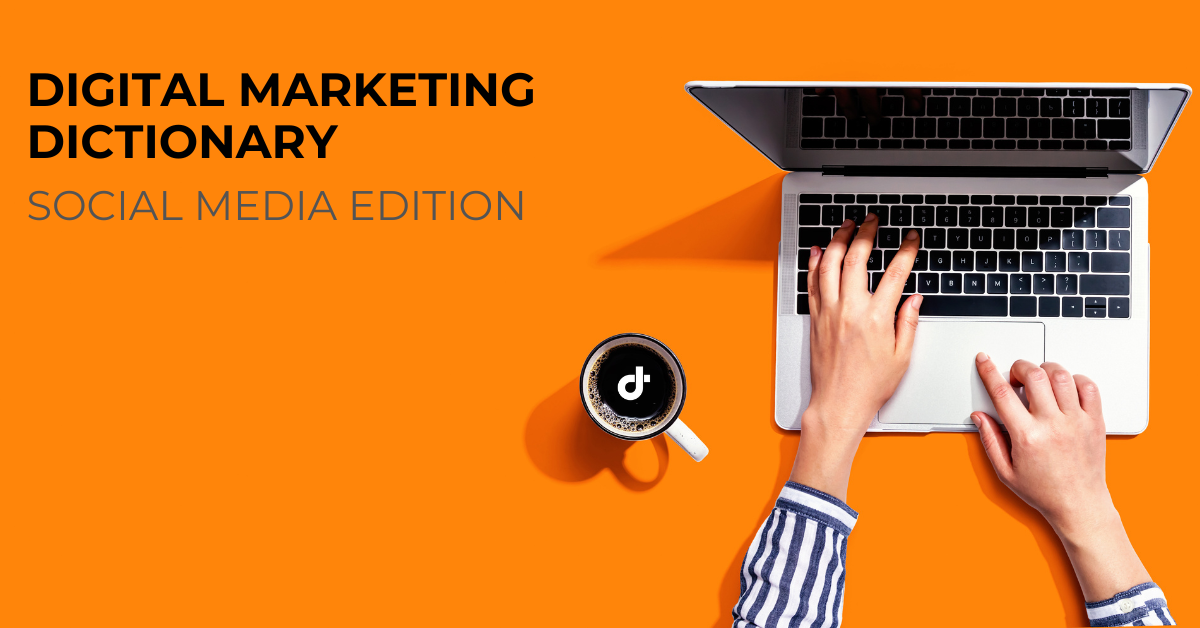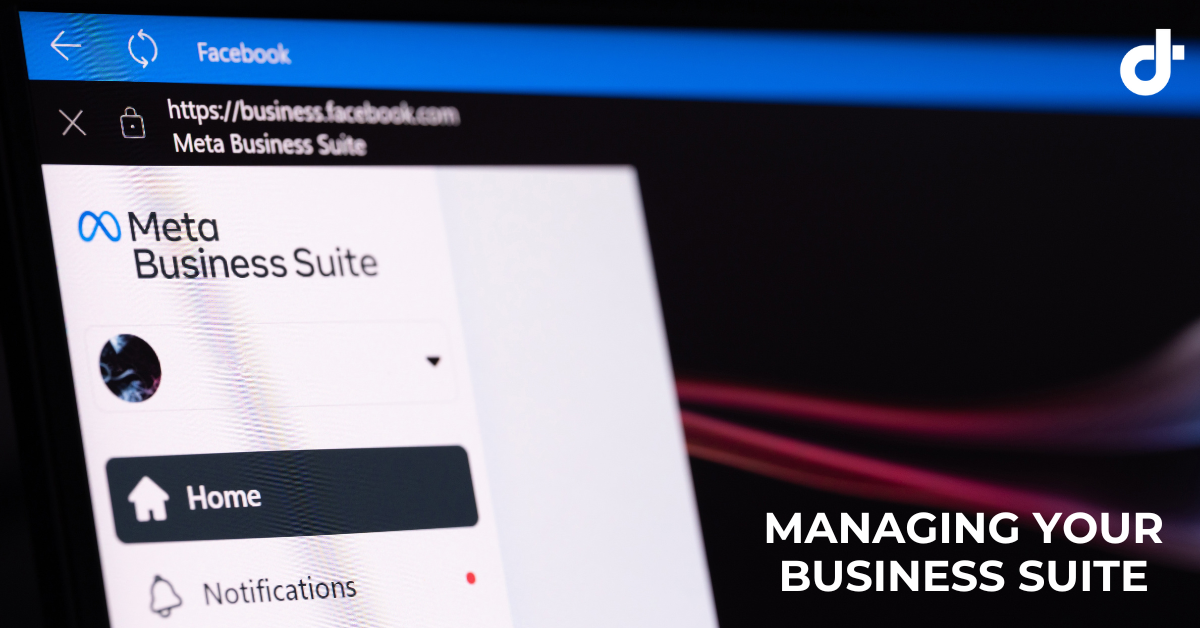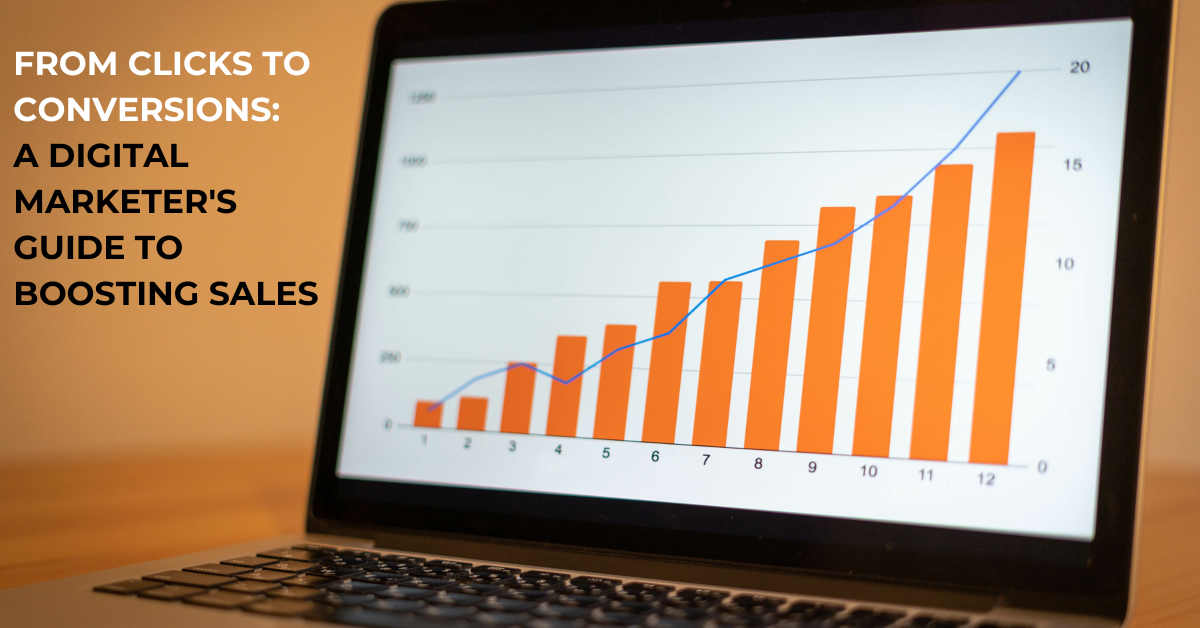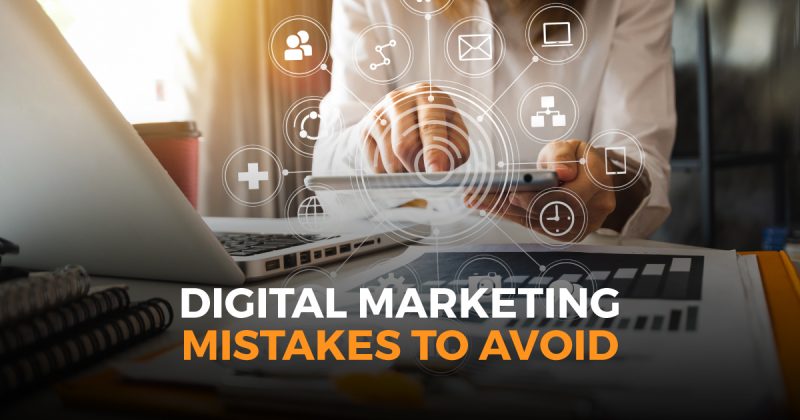Digital Marketing Dictionary for Small Business Owners
Likes, targeting and blogs…oh my! If digital marketing is part of your business’ marketing strategy (it’s 2020 so really, it should be), you’ve without a doubt discovering a few new terms, acronyms and buzzwords along the way.
Marketing-speak is our second language here at Design Thinking but let’s be real, even we have trouble keeping up sometimes with how fast things change.
As a small business owner, it can be challenging to hire someone to do a job you don’t entirely understand yourself. That’s why we’ve put together our digital marketing dictionary for small business owners to help you better understand campaign reports and communicate with your marketing team in the best way possible.
Impressions
Simply put, an impression is how many times a piece of content is displayed or viewed. That could be anything from a Facebook post being displayed in someone’s newsfeed to a paid search ad displaying on the search engine results page.
Impressions aren’t a guarantee that someone actually took the time to view your content, but rather that it was present in the screen for them to see.
You may also come across CPM. This represents the cost per thousand impressions (the “m” comes from the french word for thousand, mille). This is most commonly used in traditional media buying as well as pay-per-click advertising.
Reach
Reach is similar to impressions and the two often get mixed up. Reach specifically refers to the number of people your content was viewed by.
You may think that the number for reach and impressions should be the same but this isn’t the case, as one person may view your content multiple times. For example, 5 views by the same person will be recorded as 5 impressions but only 1 for reach.
Conversions
A conversion is someone taking a desired action on your website or other digital platforms. While many people only consider conversions to be purchases, they ultimately represent any action that helps meet your marketing and business goals.
Conversions can include making an online purchase, signing up for a newsletter, downloading an e-book, making a phone call, engaging with a chatbot or scheduling a demo. What you define as a conversion and the importance you place on each one will largely depend on your individual business and marketing strategy.
To help better measure the impact of digital marketing, many people will break conversions down into hard and soft conversions (also referred to as macro- and micro-conversions).
Hard conversions are the more traditional conversions that are an actual financial transaction or represent a clear intention to become a customer. Examples of hard conversions include making a purchase, submitting an inquiry form or scheduling a product demo.
Soft conversions, on the other hand, are more related to engagement and building an online following. They demonstrate interest in your brand that can lead to intent to purchase. Examples of soft conversions include signing up for an e-mail list, following you on social media or sharing a post.
Engagement
We could write a whole blog about what engagement really means…but we’ll keep it simple for now. An engagement is someone interacting with your content, typically either through clicking on a link or liking or sharing a social media post.
CPC
CPC in digital marketing stands for cost-per-click. In other words, CPC is how much it costs every time someone clicks on one of your ads.
What influences the cost-per-click? Oh, only about five million different factors! The ad platform/network, location, industry, competition, seasonality…just to name a few.
We wish we could give our clients a straightforward answer when they ask what the CPC for their campaign will be but unfortunately, it’s never that easy.
CTR
CTR represents the click-through rate, which is the percentage of times that someone who views an ad actually clicks on it. In other words, CTR % = clicks/impressions x 100.
Obviously, the higher the CTR the better, but there’s no magic number to aim for. Just like CPC, it varies greatly by platform, ad type and industry.
On Google Ads, the average CTR for all ad types and industries is about 2%, while the average for a Facebook ad is 0.90%.
Retargeting/Remarketing
Retargeting and remarketing are two different words for the exact same thing. There are many different ways to target ads; location, age, interests, search terms etc. These days, there is also the option to target ads based on how someone has interacted with your website.
While there are many ways to do it in practice, simply put, retargeting is to display an ad to someone after they’ve visited your website.
Retargeting is a great way to keep your business in a visitor’s mind once they’ve left your website (after all, it usually takes multiple interactions with your brand to make a purchase or conversion) or even prompt them to complete a purchase if they’ve left items in an online shopping cart.
Organic Traffic
Just like how organic plants are ones grown without chemicals, organic web traffic comes from links in the search engine results page or other websites that are not paid advertisements.
You may also hear “organic social”, which refers to social media posts that are not ads and have no money put into promoting them. When talking about web traffic, however, all social media traffic is grouped together as “social”. Organic web traffic is strictly visitors who come to your website from the free, organic listings on Google or other search engines.
SEO
SEO stands for “Search Engine Optimization” which is a collection of tactics designed to improve your organic search rankings and drive more traffic to your website. As far as digital marketing goes, SEO is one of the best long-term investments you can make for your business.
—
So there you have it, a breakdown of the most important digital marketing terms you need to know as a business owner. Use this knowledge to feel more confident in your communications with your marketing team and to better understand reports to know where your money is going and how to best move your marketing campaigns forward.
Still looking for some extra help navigating the world of digital marketing? Contact our digital marketing experts in Brantford today to get your online marketing on track and understand what’s happening along the way.


